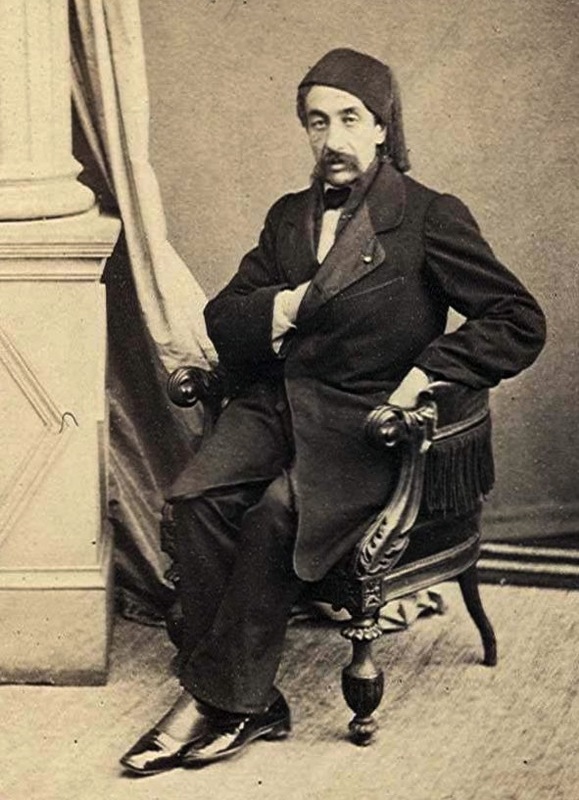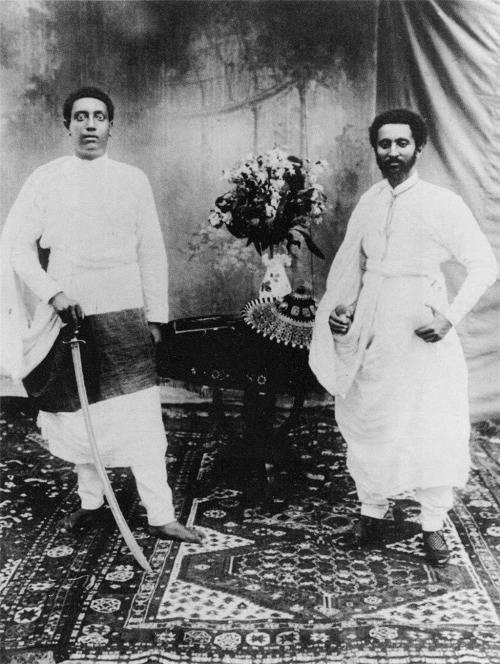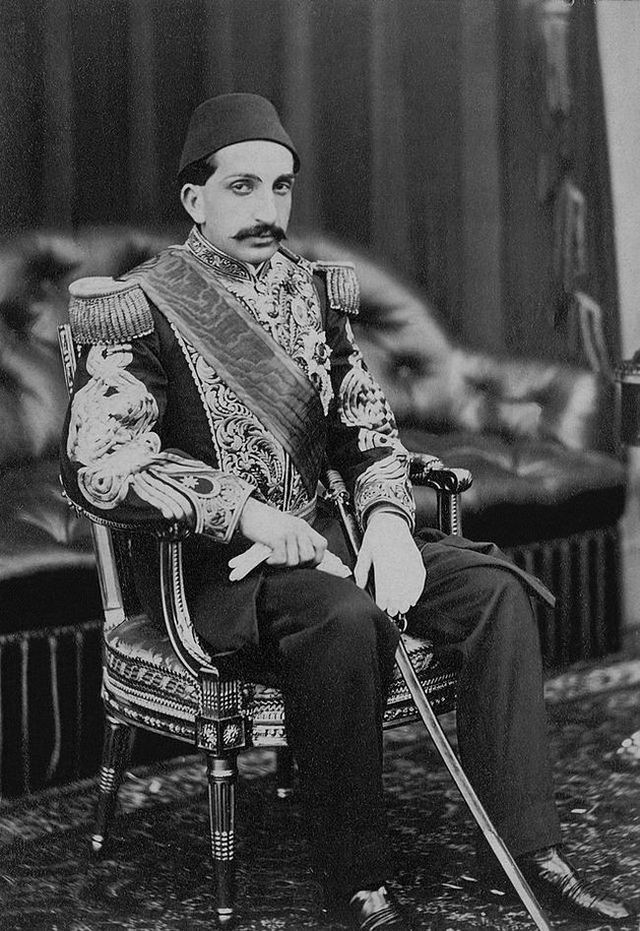Years 1916-1920 of the Prophet
Emperor Shayaer Khaitis the Reformer, Reigned 1889-1920
They were glorious days! Days to be remembered, no matter how treacherous and shameful the last years were. The reign of his Majesty Shayaer Khaitis: Lord of Kafu and New Byrnis, Khan of the Southern Tribes, Sovereign of the North-Lands, Sultan of Aydin, King of Raethon and Byrnia, Protector of the Audejjai Seas, Sword of Aed* and Grand Survaek Emperor! His wise reign, supported by the righteous Aedakom clergy and far-seeing officials in the military, was inaugurated by the bloody coup he led against his own corrupt family and their lackeys. It was a tragic cost, but it allowed him to finally put an end to almost two centuries of decline.
First he reformed the Imperial Bureaucracy, eliminating the decadent Old Generation and replacing them with the fiery-hearted, clear-thinking New Generation from the Imperial Academies. Then, he reformed the Surv-Akur and the Surv-Vyaez, great army and navy of Survaek. And then, he reformed the land throughout the Empire, abolishing the tenures of corrupt feudal land-lords. Finally, using the skills of the New Generation and the confiscated wealth of the traitorous Old, he revived the industry of Survaek. By 1900, the Grand Survaek was equal to the Great Centran Powers in every respect, no longer the "Sick Man." But, the wise Emperor Shayaer Khaitis aimed for more than equality.
In 1903, the Great Reconquest began, pitting the new Surv-Akur against those who had betrayed the Empire in the 1700s, and by 1911 with the blessing of Aed the Grand Survaek Empire rightfully stretched across the whole of Tervasa. The gold and maroon banner of Survaek flew in every corner of the continent, accompanied by the Bureaucracy and the Vaekirate as in the days of Emperor Yvor the Great. Prosperity reigned for five good years. Peasants of all Tervasa were freed from serfdom and landlordism, industry boomed in every great city, goods and people from every corner of the World passed through the capital of Foedinei. The Imperial Press Service was founded along with the Imperial Standard Education, bringing literacy to millions and with it accounts of events to be read. But then, his Imperial Majesty made a single, tragic mistake.
Seeing dangerous revolutionaries in the Osladian Empire being supported by meddling Soroya, the Emperor of Survaek had righteously supported the cause of his fellow Emperor in Centran. Yet, the Soroyans were resolute in their determination to tear apart Oslad, and after that there was no question that Survaek would be next. Their navy blockaded our ports, a hostile and unjustified act indeed, but instead of attempting negotiations or waiting for a more opportune moment, Emperor Shayaer immediately escalated the matter into war. From there, over time, events would gradually slip out of his control.
Officer Corps of the Renowned Grand General Stae Pjjokhat
The Surv-Akur was one of the largest and most experienced armies in the world after the Great Reconquest, and its commanders were capable beyond reproach. The three greatest Generals of our age would each command a Grand Army: Stae Pjjokhat, Nel Hjarkin, and Ishui Gvardiu. With the help of the glorious Empire of Vornehm, the powerful Chaegon Empire, and the besieged Osladian Empire, the combined armies of righteousness were greater than any alliance ever seen before. The Surv-Vyaez likewise was a grand navy, especially alongside our allies. Knowing this, Emperor Shayaer bargained with the Kingdom of Zellonia, which eventually agreed to join the righteous cause. But such a large coalition called forth a great coalition to meet it, and thus the world slipped into the Terrible War.
At first, our campaigns looked promising. A Soroyan attempt to march into Tervasa failed miserably when our forces beat them back, surrounded them, and captured their entire army in the
First Battle of Kafu. From there the Empire won victory after victory on land, and initial setbacks at sea were reversed when the Kingdom of Zellonia joined the righteous cause.
The 205th Battalion of the Surv-Akur Second Army Group preparing to attack, commanded by Grand General Nel Hjarkin
But for such a massive war with so many deathly innovations at work, this could not last. People in the homelands suffered as industry single-mindedly served the military. Supply lines stretched long and thin. Advances of less than a mile costed tens of thousands of lives, even hundreds of thousands, and eventually righteous allies' momentum was lost. Yet, they were in a strong position to negotiate a peace. Tragically, they chose not to. Monarchs, Generals, Admirals, and even journalists all expected more victories and Soroya's total defeat. Only the Vaekir, in a rare momnt of disagreement with the Sword of Aed, advised a peace settlement to end the suffering. And then, before the Grand Empire could react or prepare, the Chaegon Revolution turned one of our great allies into a dangerous enemy.
Swiftly and unexpectedly, imminent victory turned into defeat. Zellonia fell in 1919 when invaded by our enemies, by which time they also occupied all of Tervasa outside the core territories of Byrnia, Raethon, and the Khaitis-lands. In October, Survaek lost the
Battle of West Aydin, opening the way for Soroya and its allies to march into Raethon. Desperate to fend off the invaders, Emperor Shayaer Khaitis moved his seat -and the capital of the Grand Empire- from Foedinei to Byrnis. This afforded his commanders the time to organize one last, massive offensive to drive their enemies. Thus began the
Second Battle of Kafu.
An army under Grand General Stae Pjjokhat massing for the first attacks of the Second Battle of Kafu
It was as immense a defeat as the First Battle of Kafu had been a victory. The numbers of young Survaekom who died are too great to repeat here. Any last hope of victory vanished, along with an entire fifth of what we now call the Lost Generation. The months that ensued were merely the weakened kicks of a drowning nation, holding the attackers at bay with trenches filled by conscripts, many far too young or far too old to be fighting. By now, even Emperor Shayaer's closest advisors were begging for him to negotiate with the enemy. But it would ultimately be the masses that forced Shayaer's hands. Bread riots that had plagued the streets of Byrnis, Foedinei, and Arkhaer for months escalated into revolts, and massive sections of the army and navy mutinied. They demanded peace, and Emperor Shayaer finally accepted his sacred Duty in the first days of 1920.
The Treaty of Parma was not kind. Even our core territories were divided, new states with no history invented for the sole purposes of weakening Survaek. The suffering of the war was made even greater for those who lost the protection of Imperial Law, peasants re-subjugated to feudalism and cityfolk robbed of the Imperial Bureaucracy's emergency distribution networks for food and other necessities. Shayaer Khaitis abdicated in shame, and Survaek's best leaders resigned with him. What is left of the Empire was left to the hands of his heir, Yvor III, and an entirely new generation of advisors and commanders.
Why Aed allowed this to happen, no one knows. But as long as the Khaitis line remains, so does the Prophet's holy claim. As long as the dynasty remains, there is still hope. What we have lost can be regained, with a wise Sword to guide us and favor from above. This is why we still pledge our loyalty to the Grand Survaek Emperor, his Imperial Majesty Yvor III, and whoever his heirs may be. This is why, even in our defeat, we must insist on declaring
Long live the Emperor, and long live Survaek.-- Draft entry for upcoming edition of history textbook for the Imperial Standard Education. Authored by ex-General Ishui Gvardiu.__________
*
Aedak is the monotheistic state religion of the Grand Survaek Empire, dating to the Prophet-Emperor Raegar of the ancient First Survaek Empire. God is referred to as
Aed. It has two foundational texts: The
Aedaknam, consisting of mystics' accounts of Aed predating even the Prophet; and the
Raegarnam, consisting of the lessons and laws given by the Prophet. As heirs of the Prophet, all Emperors are known as "Sword of Aed." The religion has three core principles: Duty, Mastery, and Dignity. For over a millenium, the
Vaekirate network of clergy, led by the
Vaekir and the High Conclave of Chief Priests. It was once independent and parallel to the Emperor, but since the last century all clergy are considered subjects of the Emperor.
















